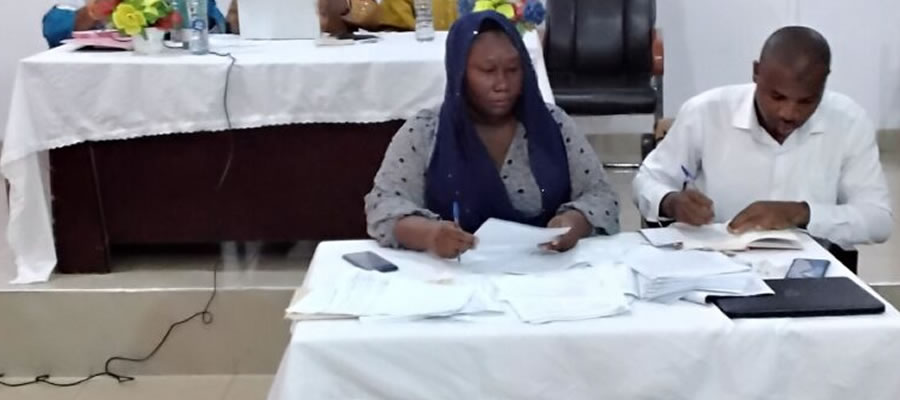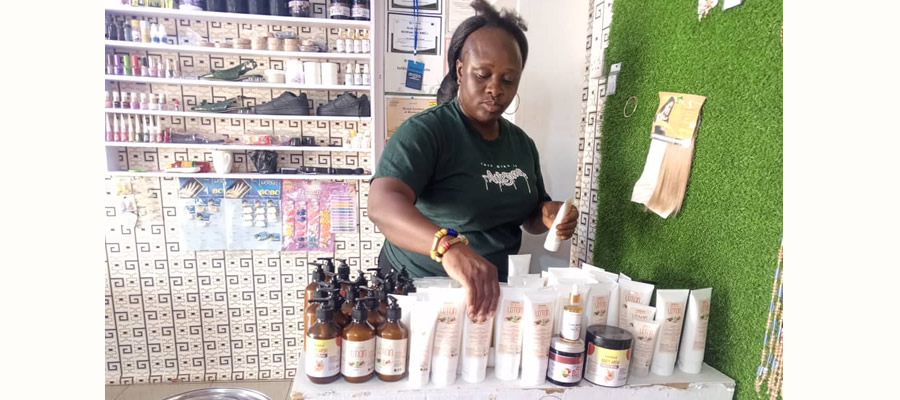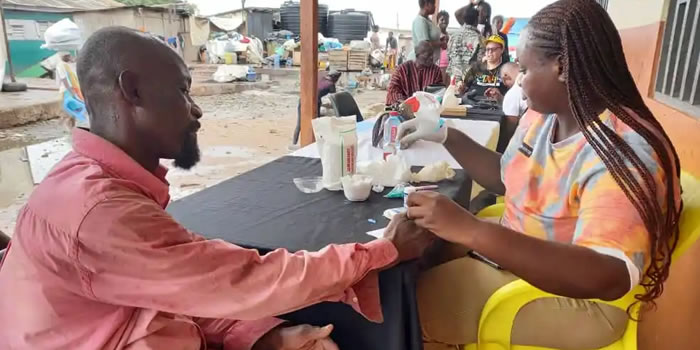

Economy
The structure of the economy of the Municipality is dominated by agriculture sector in the previous years. However, the situation changed in the year 2010 when the Population and Housing Census was undertaken, with the service sector employing about 51.3 percent of the working population, agriculture 30.2 percent and industry 18.4 percent (GSS,2010). Other key sectors of the economy are transport, tourism, communication and energy.
Under the agriculture sector, most of the farmers are engaged in peasant farming and the main crops grown include millet, sorghum, maize, rice, cowpea and groundnut cultivated on subsistence basis. However, soya beans, groundnuts, bambara beans are produced as cash crops. Economic trees within the municipality include sheanut, dawadwa, mango, baobab, and teak among others.
Investment And Business Potentials
NATURAL ENDOWNMENT AND POTENTIALS
The district is drained by the Black Volta and its tributaries which serves as good prospects for irrigation. Shea-trees abounds in the district, making, Shea butter extraction an income generating venture especially for women.
The Shea nut has become an export earner commodity, as it is used by industrial firms for the manufacture of high quality soap, cosmetics and perfumes. The District is also naturally endowed with high grade clay deposits and lime, indicating good prospects for production of pottery, ceramics and cement. Of late, the prospect for Gold in Wa and its immediate environs is attracting a good number of gold mongers into the area.
A good measure of tourists attraction sites exist in the district making it a potential tourist destination in the Region. Places of interest that are already on the tourism map of Ghana, include, the Hippo sanctuary at Wichiaw, The Wa Naa’s palace, the 18th century mosque at Nakori and the famous Sir, Ekem Feguson’s grave at Wa.The Agricultural potential of the district is good to write home about. About 80% of our people are engaged in subsistent farming, cultivating crops such as maize sorghum, cowpea, rice, yam, Soya beans Groundnuts etc.
The District is a major cotton producer in Ghana, for which a cotton ginnery is sited in Wa to produce lint cotton for export. I have devoted time to highlight the endowments and potentials of the district, not necessarily to give a good impression about the district, but purposely, to draw the attention of potential investors to the various investment options and opportunities that abound in the district.
Date Created : 11/17/2017 6:29:32 AM













 facebook
facebook
 twitter
twitter
 Youtube
Youtube
 +233 593 831 280
+233 593 831 280 0800 430 430
0800 430 430 GPS: GE-231-4383
GPS: GE-231-4383 info@ghanadistricts.com
info@ghanadistricts.com Box GP1044, Accra, Ghana
Box GP1044, Accra, Ghana